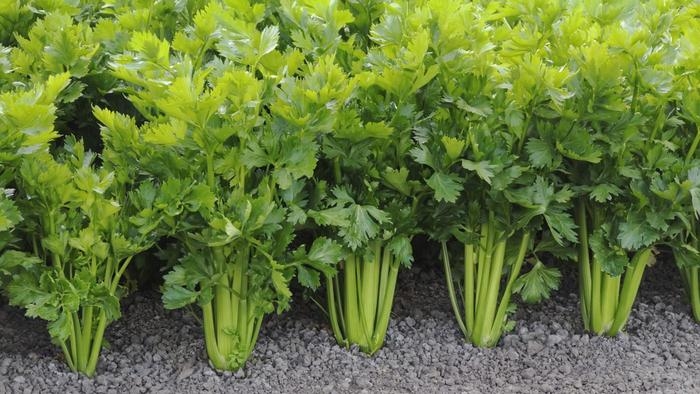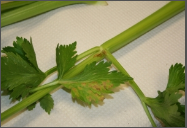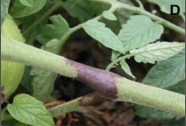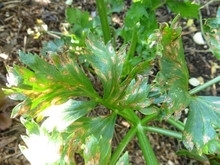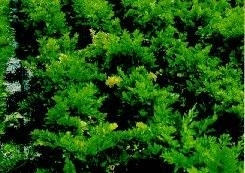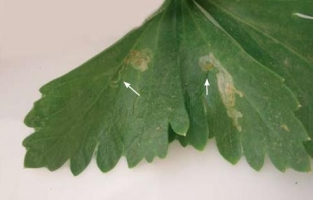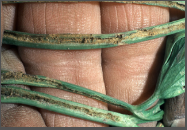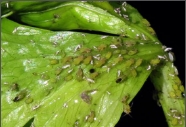General Information
Celery also known as Karnauliis. It is known for its medicinal properties. It is used to cure joint pain, headache, nervousness, gout, weight loss, blood purification etc. It is rich source of vitamin C, vitamin K, vitamin B6, folate and potassium. It is used in making stews, salads and soups. It is found mainly in Mediterranean area, mountainous parts of Southern Asia, marshes of Europe and North Africa and in some parts of India. India is major producer and exporter of celery seeds. Ladhwa and Saharanpur districts of western Uttar Pradesh, Panipat in Haryana and Amritsar, Gurdaspur and Jalandhar districts of Punjab are major celery growing states in India.

